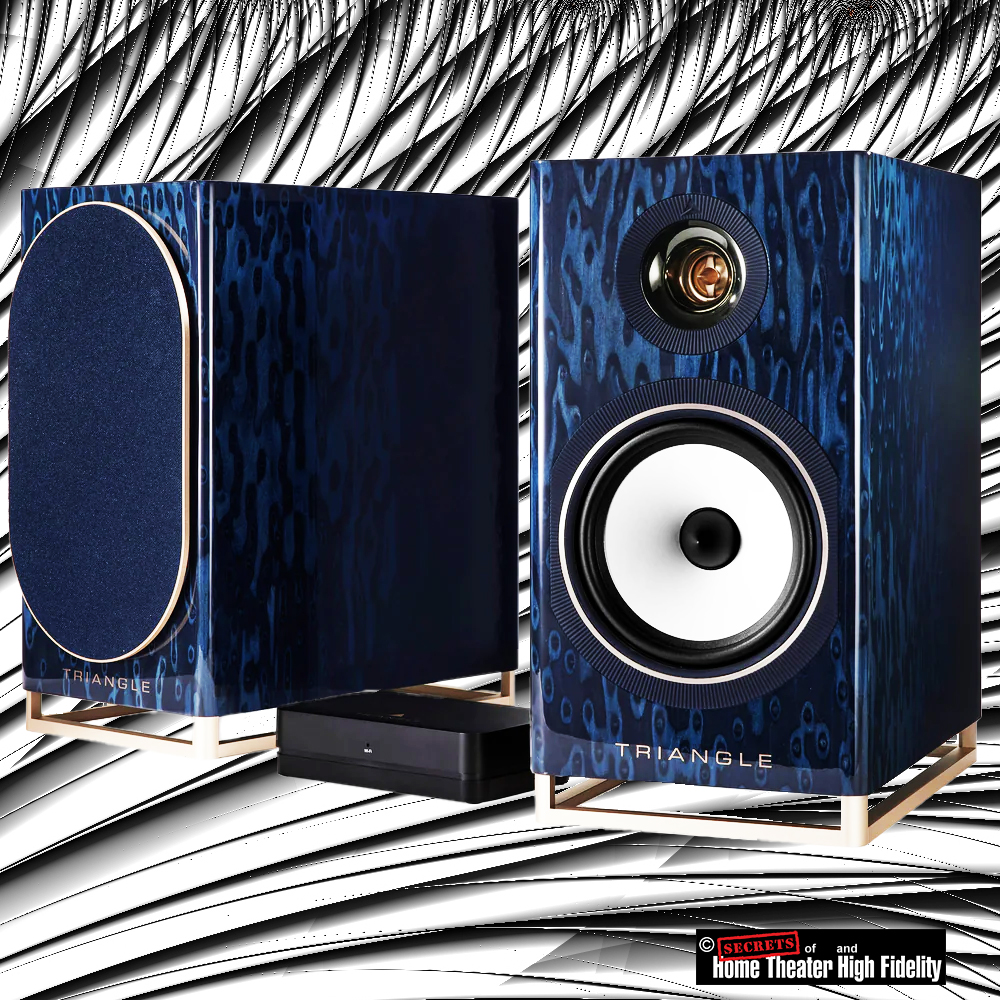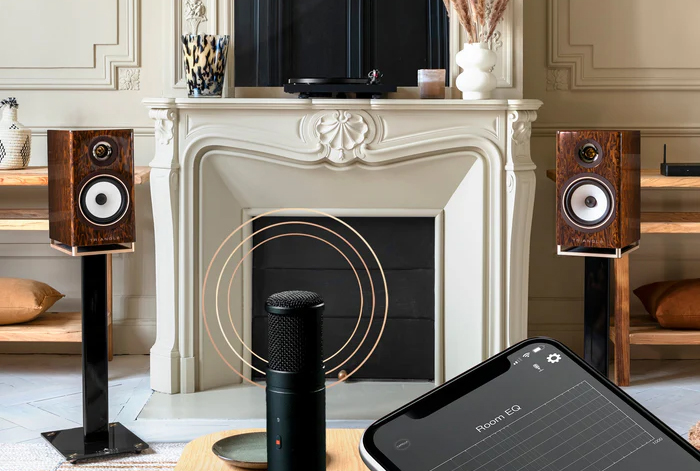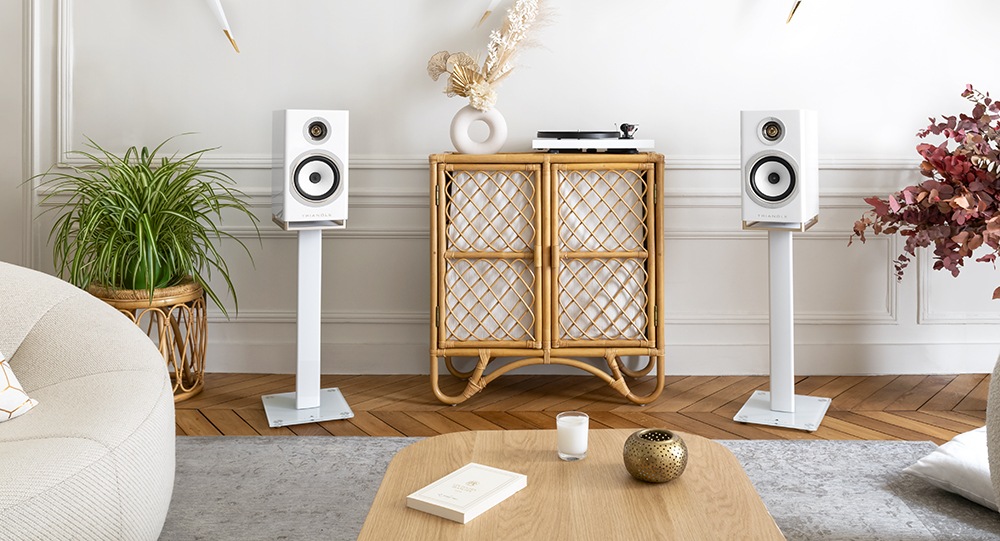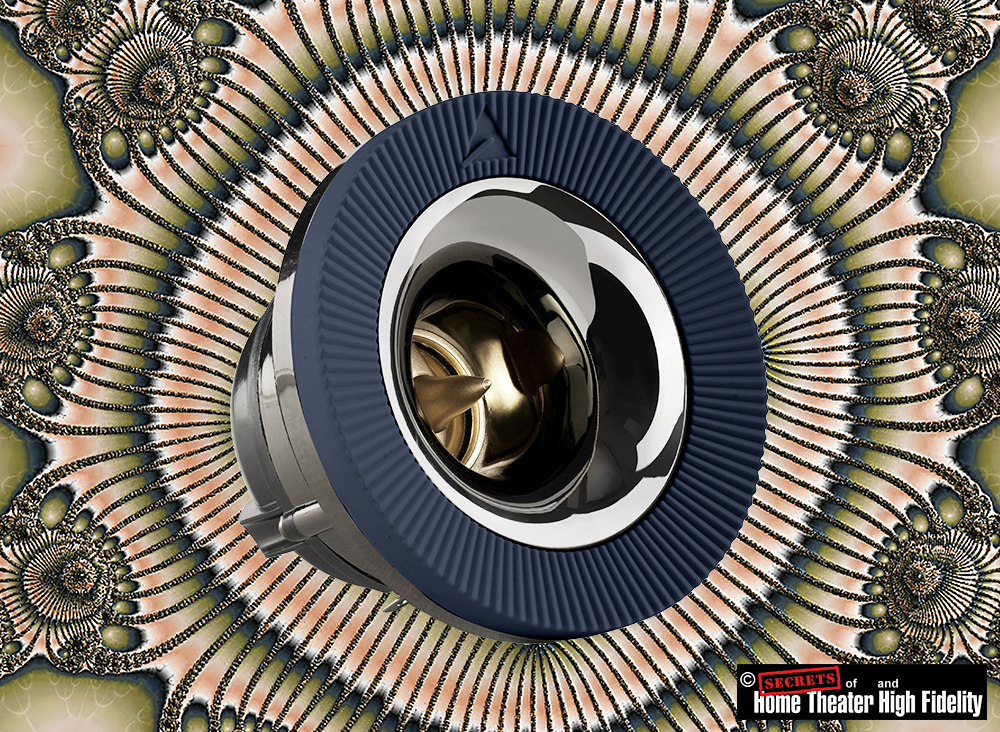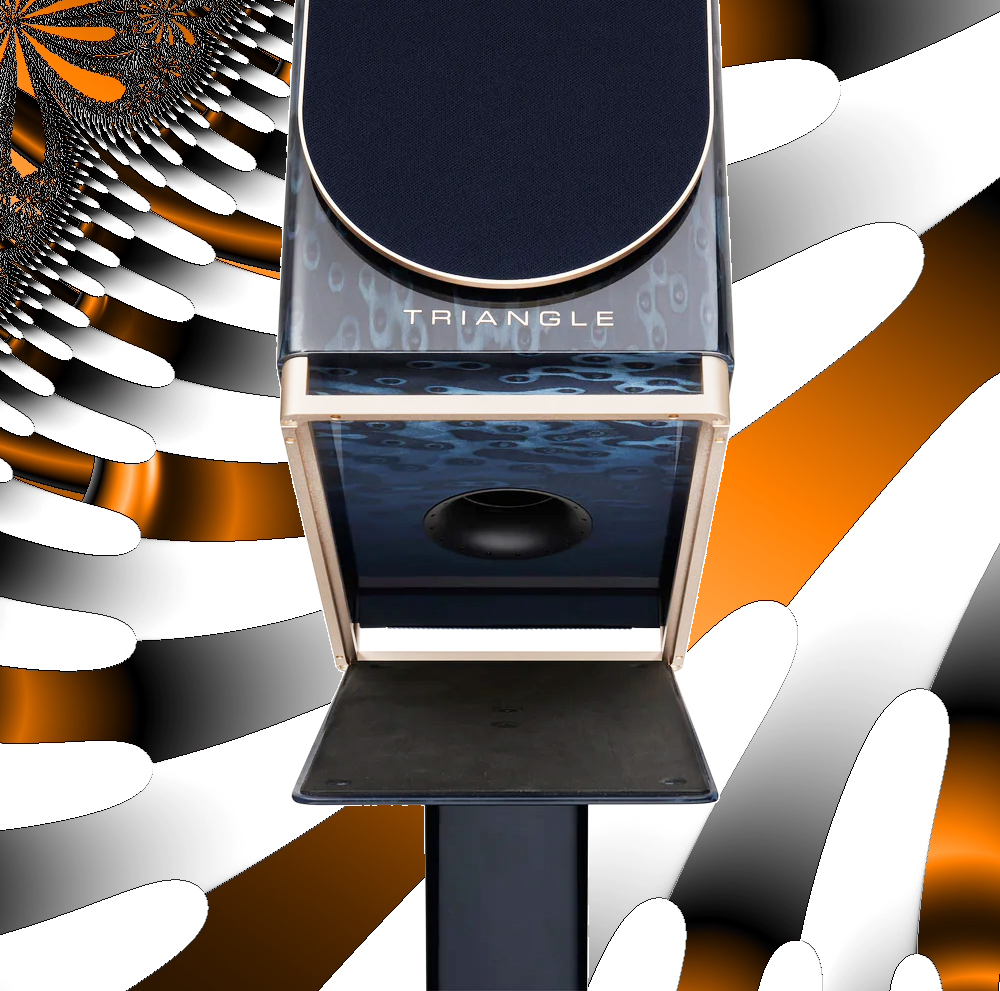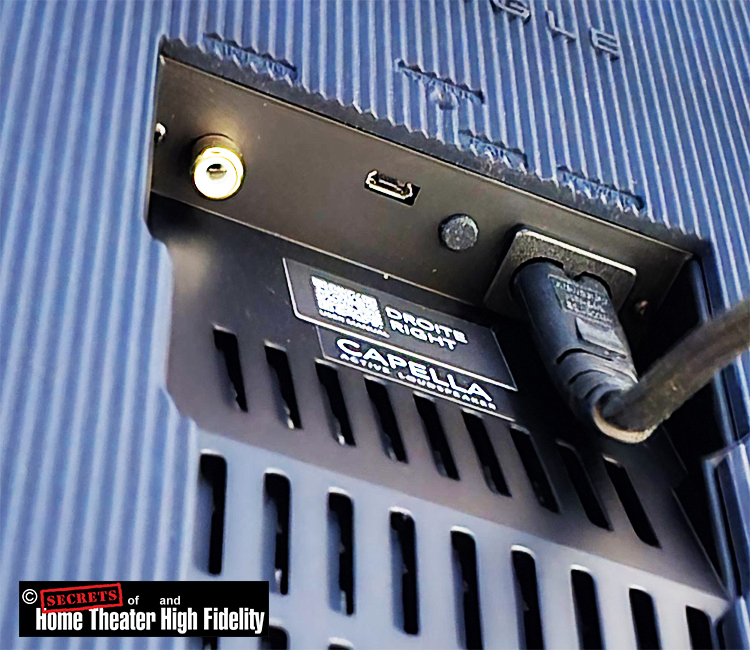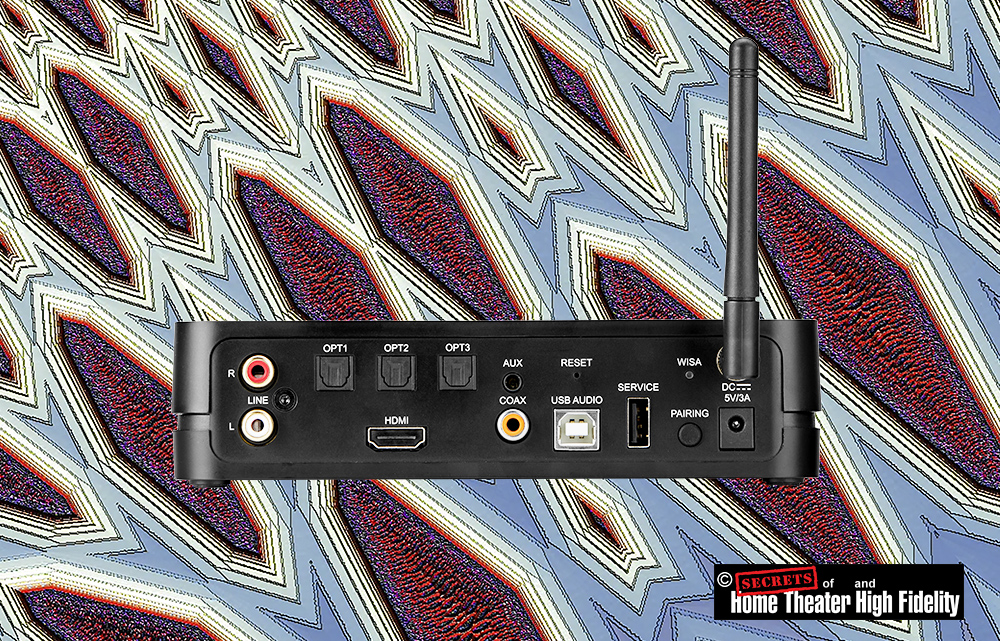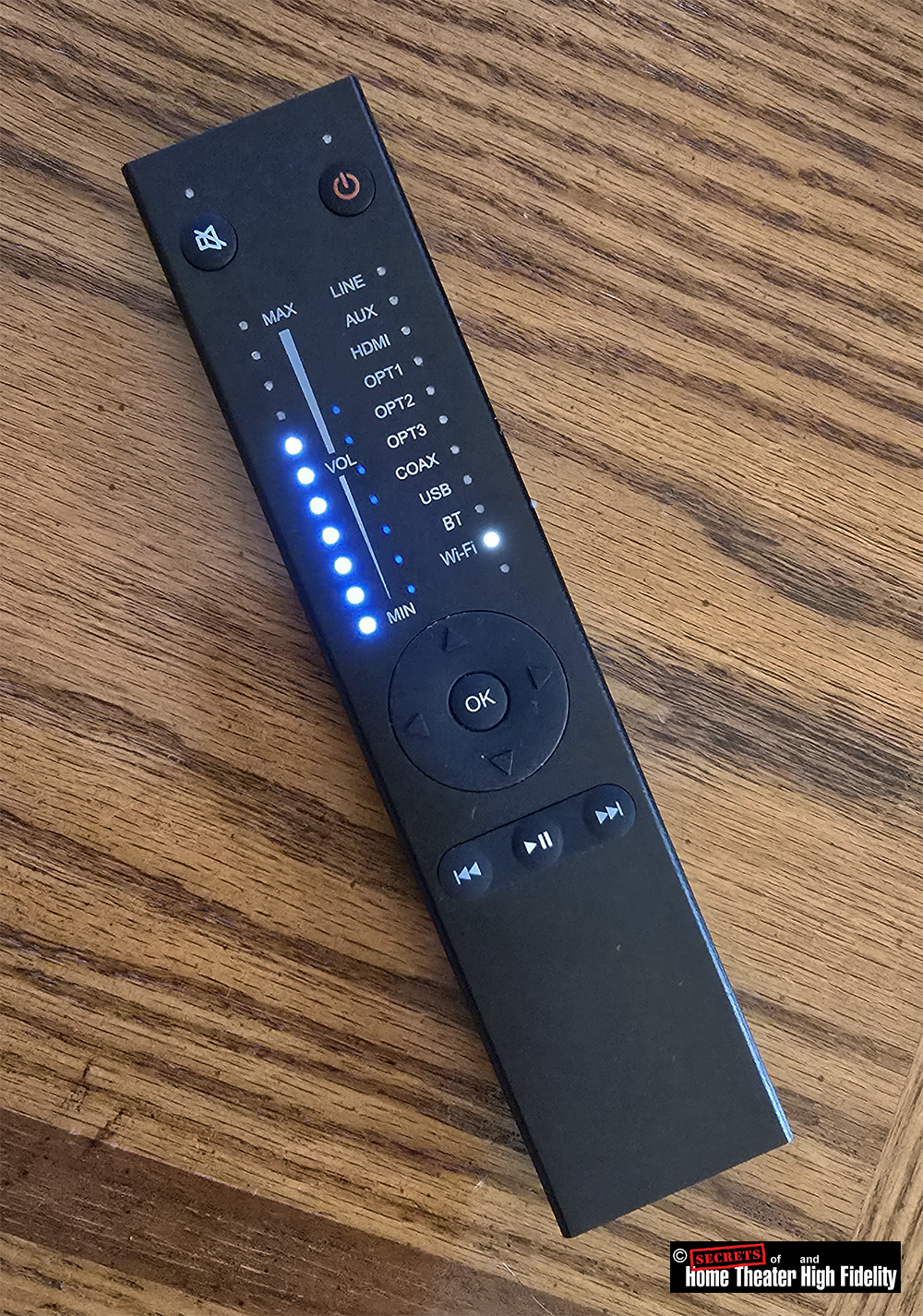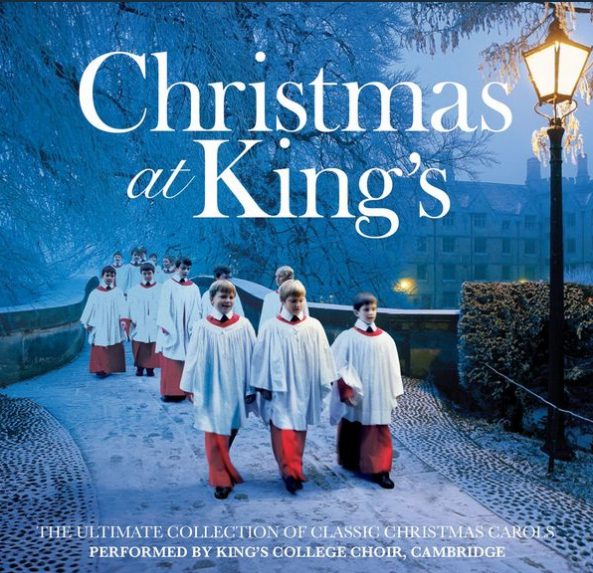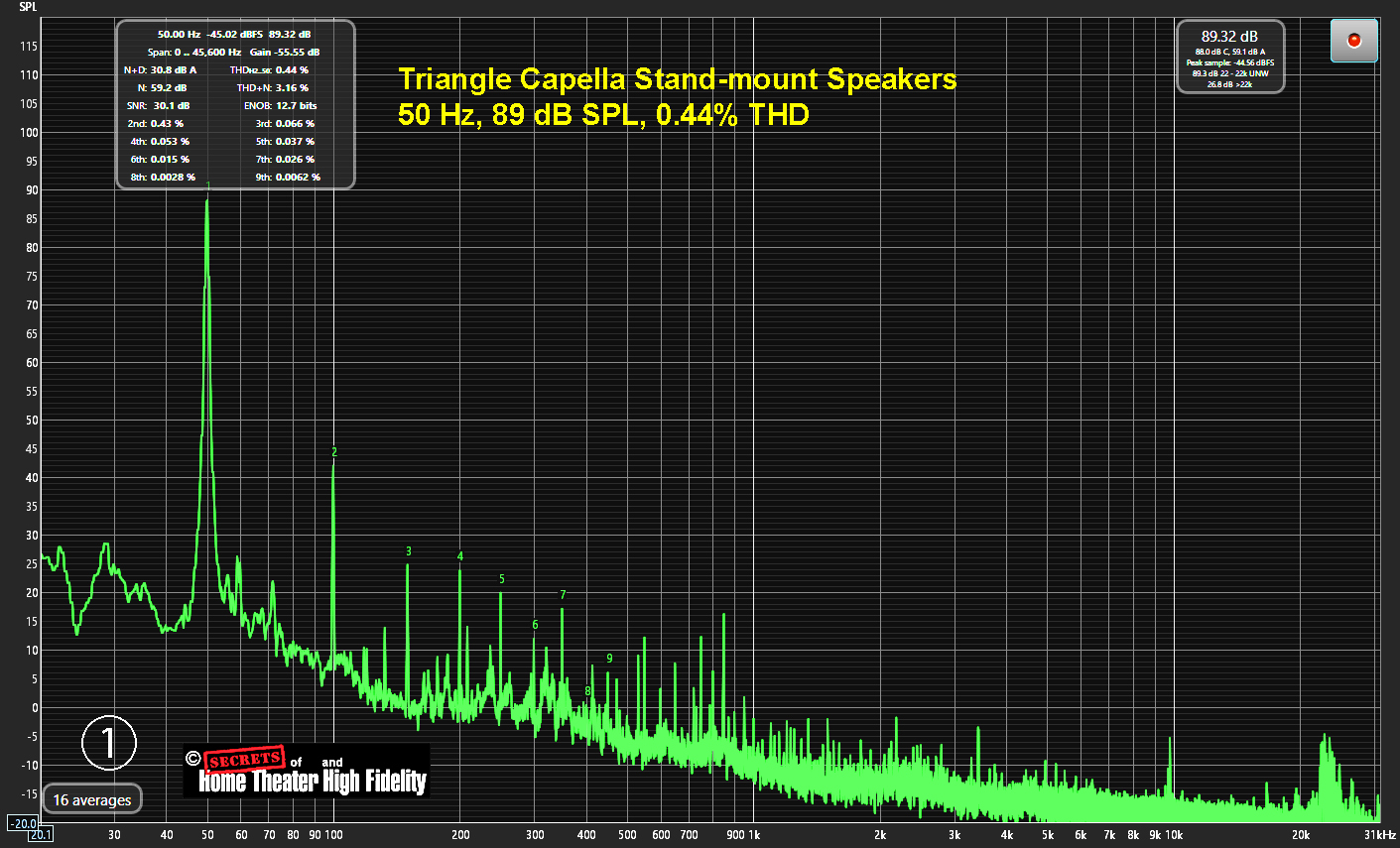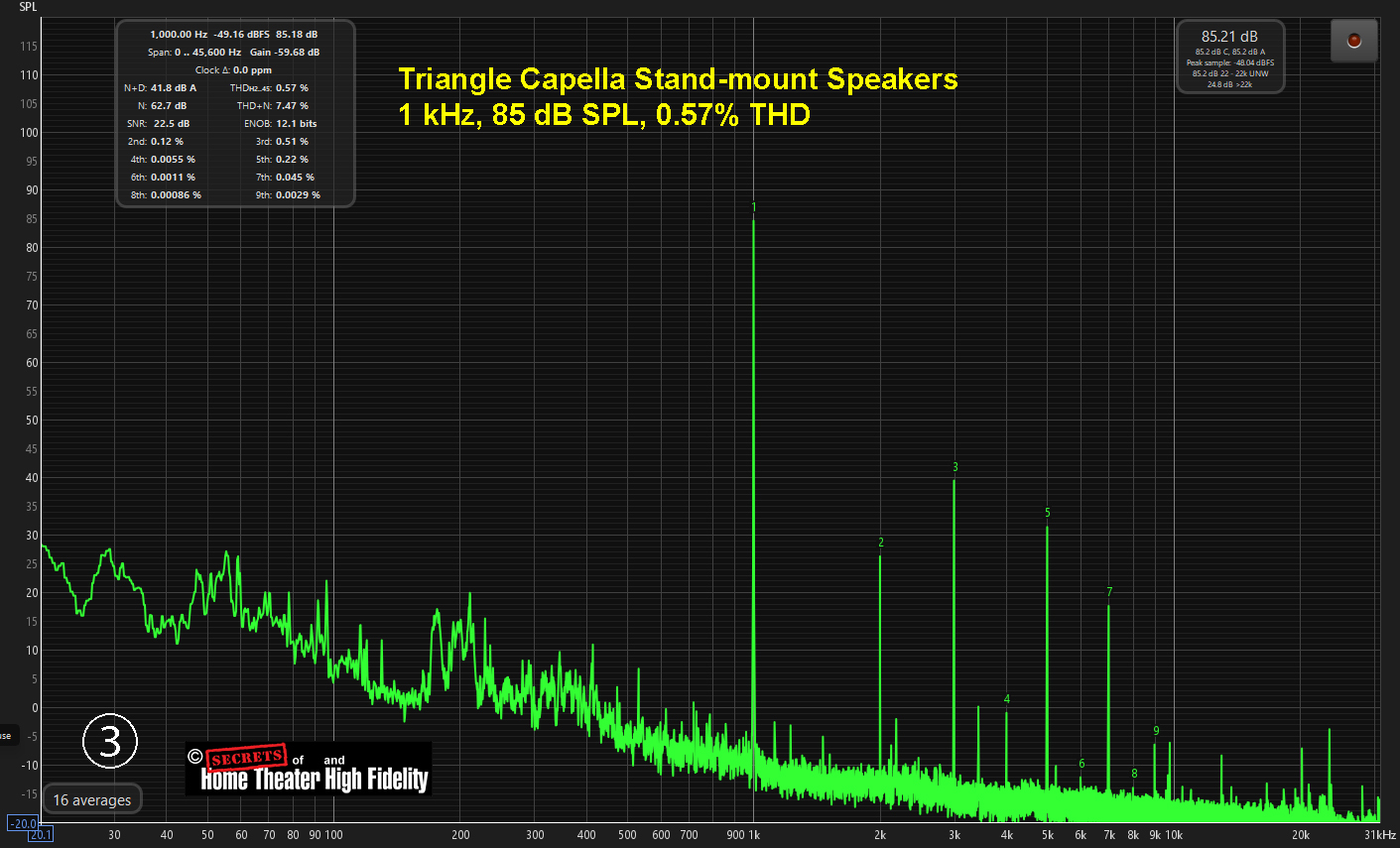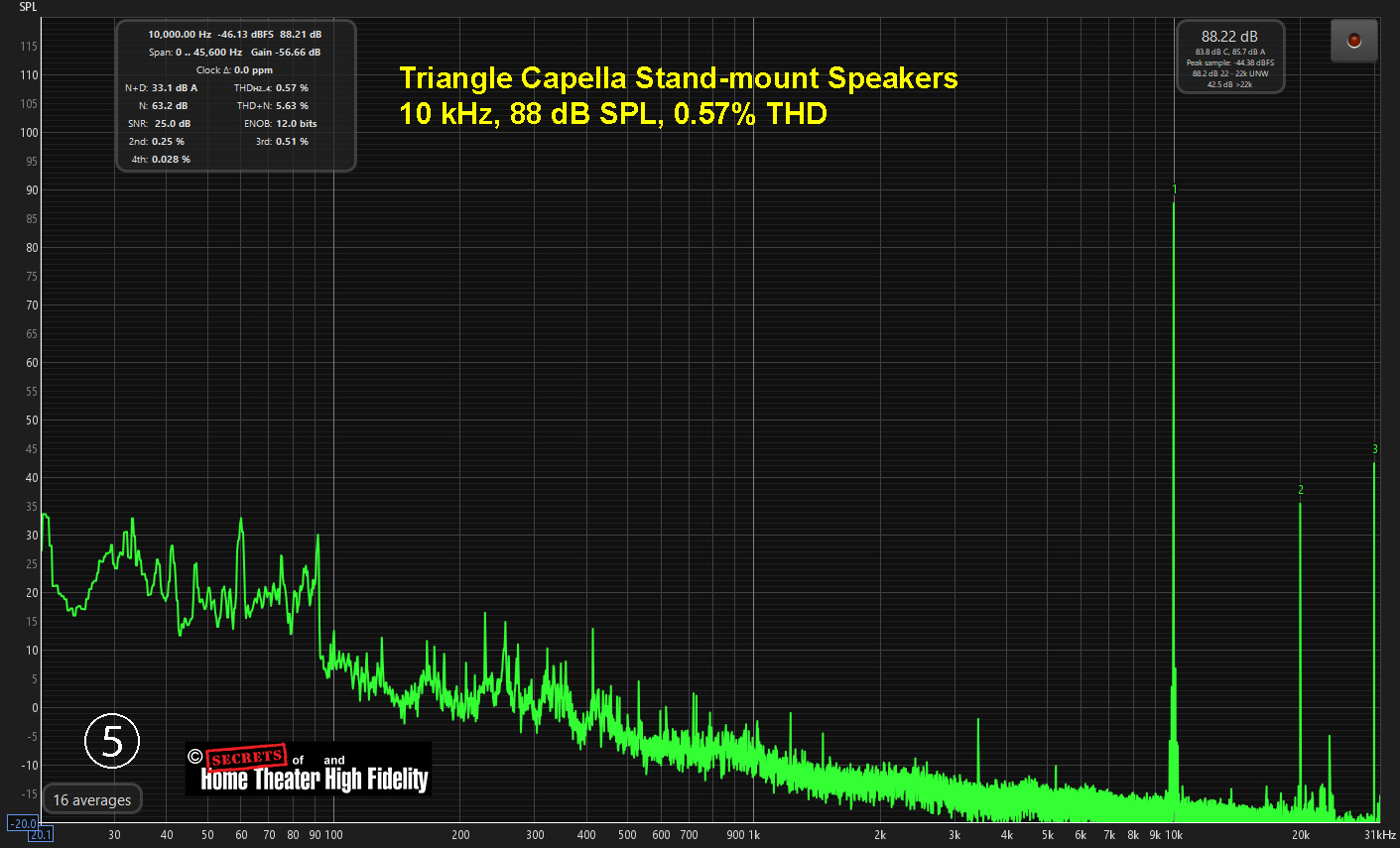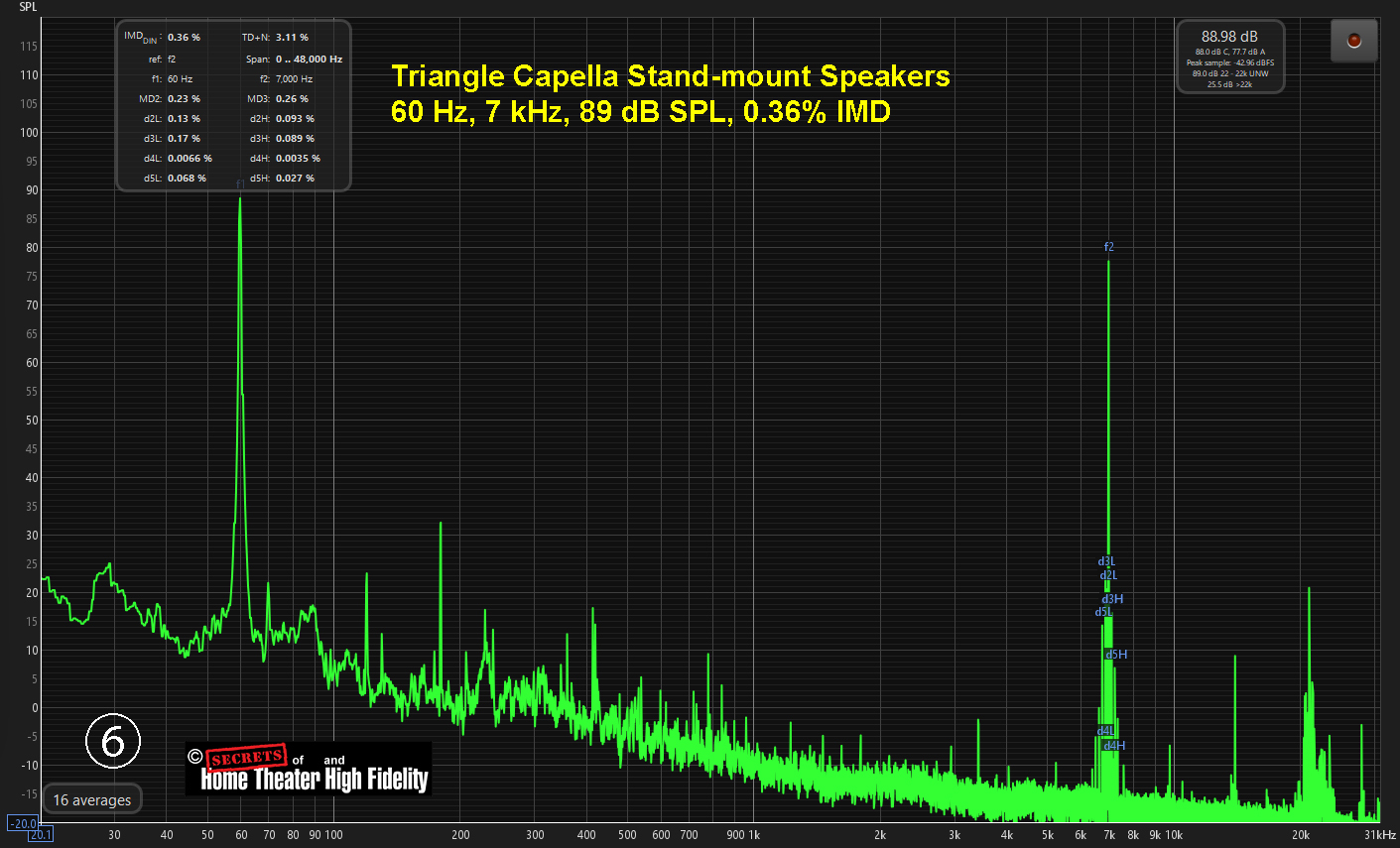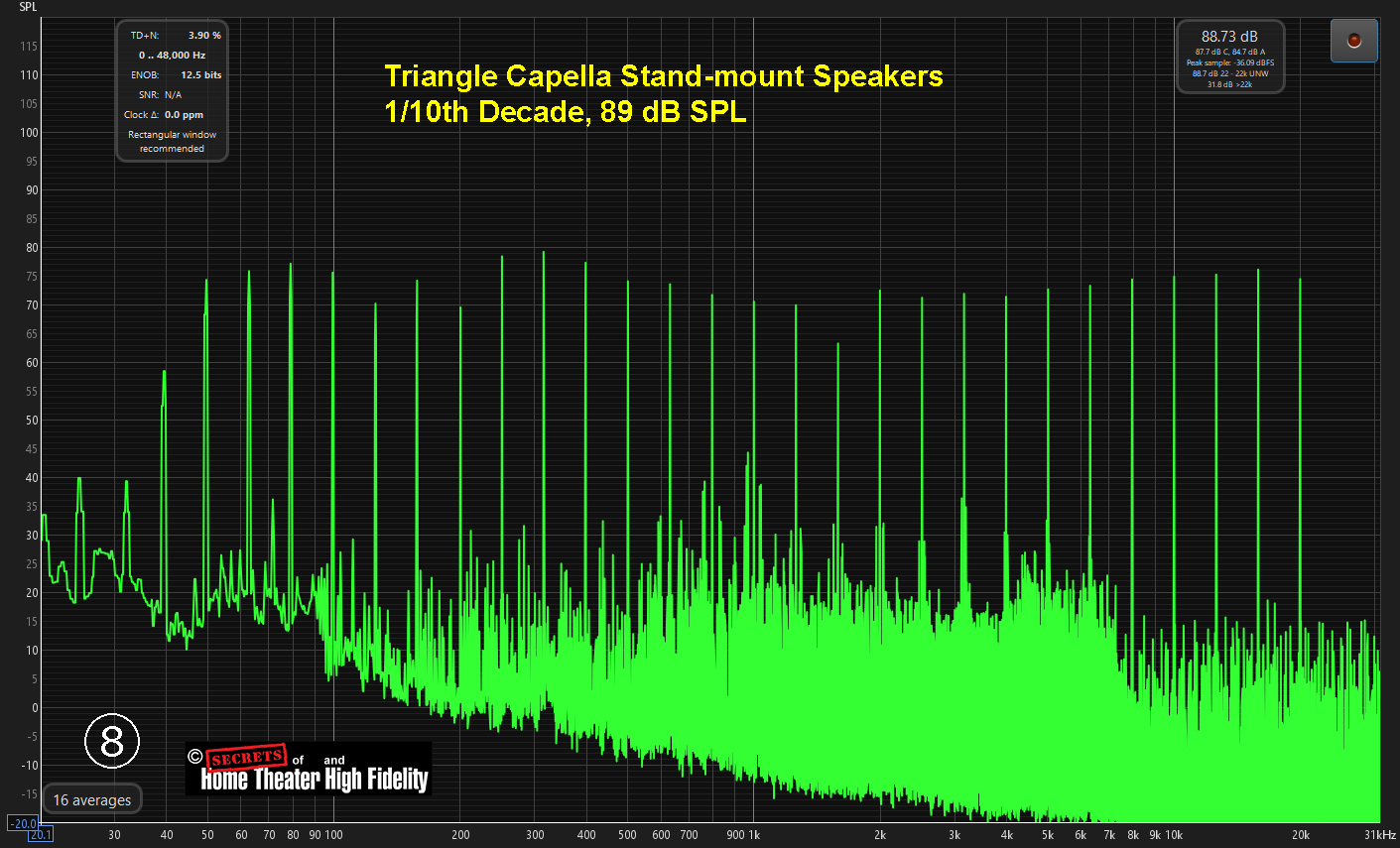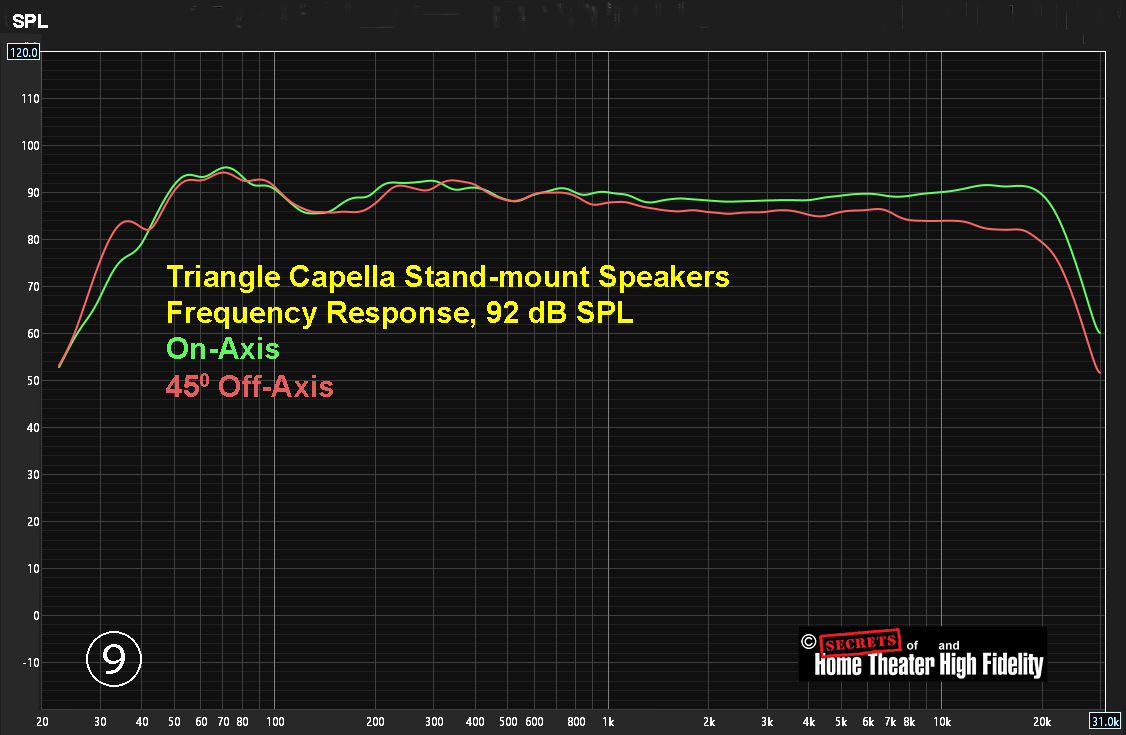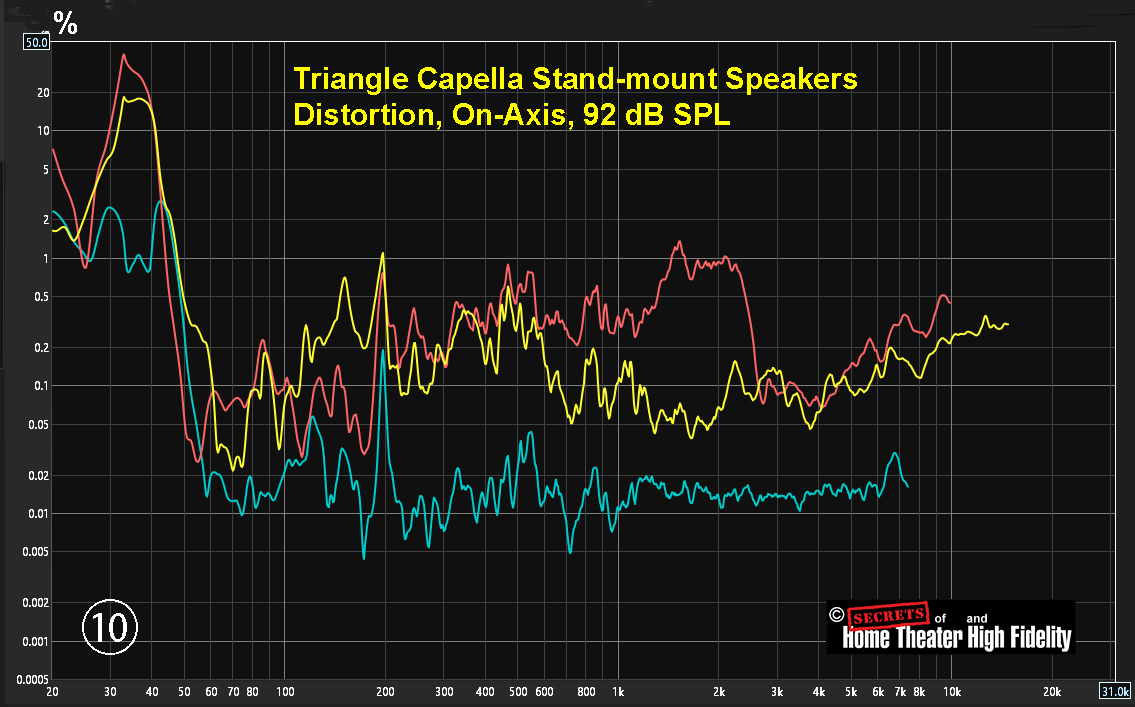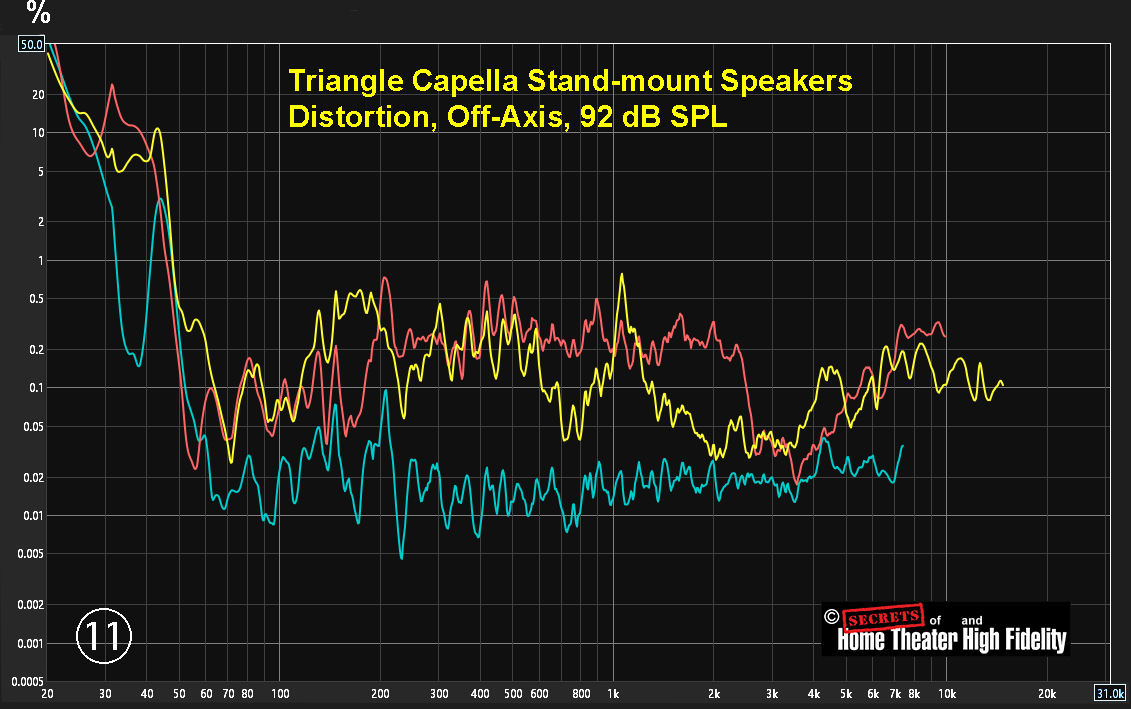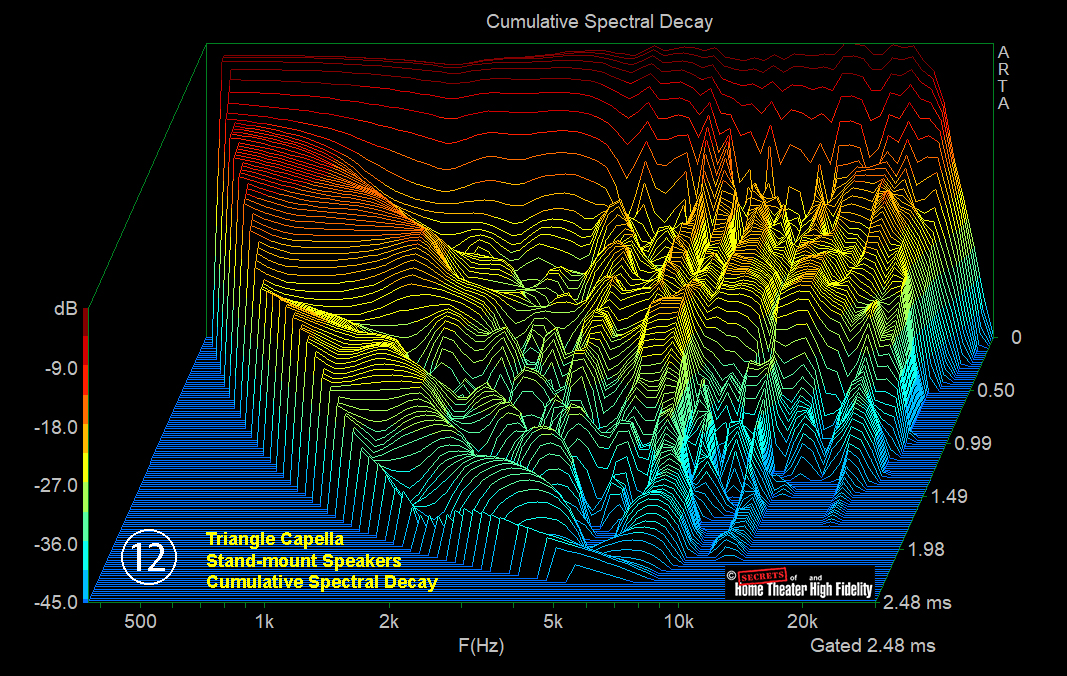It’s all because our younger audience likes to listen to music wirelessly from their iPhones and Android phones, and also because Class D amplification appears to be finding its niche.
As an older audiophile, I find myself looking to keep things simple, and sometimes I will listen to music from my phone wirelessly, via Bluetooth, to a pair of earbuds or headphones while I work. That is about 2.3% of my time.
Youth these days likes to listen from their phones about 97% of the time (my guess).
The problem is that the average set of earbuds is not really an audiophile-grade product, but youth does not really care. Having the music ultra-high fidelity is not in their game plan.
The irony is that it is youth that can really hear all the high frequencies in the music and detect distortion.
So, what does the audiophile world do about this?
Create audiophile-grade wireless earbuds and speakers. But it all has to be simple to use. Youth likes easy to blend in with what they are doing at the time.
Earbuds are simple to power with small batteries, but speakers are a different thing altogether. They need to have a decent amount of watts available. Batteries won’t work, and putting a Class A/B power amplifier on the back of a speaker will produce a hefty speaker, the rear panel of which would get hot.
Enter Class D amplification. They can be small and don’t get hot, just modestly warm at worst.
Triangle’s new Capella stand-mount speakers (OK on a bookshelf too since the port is on the bottom) fit the bill, and I got a pair in their Astral Blue wood-grained finish.
Triangle Capella Self-Powered Wireless Stand-Mounted Speakers
- Amazing sound for being wireless
- Wide range of connectivity options
- Very pretty with the grille removed
- Priced to appeal to those youthful about-to-be-audiophiles when they hear how good they sound
Triangle is a speaker company based in France. I had not experienced any of their products previously, so I am really glad I had the opportunity to get a pair of their new wireless speaker product, the Capella.
Their speakers are designed and built in France, so I was surprised to see such complex engineering in a superbly attractive product at what I would consider an amazing price for what you get: $2,999/pair USD.
I picture a typical setup for these speakers to be near a table where users would sit while browsing on their phones, or perhaps even next to the dining room table, which is where I tried them out (and really liked the results).
They also come in Nebula Brown (shown below), Space White (shown below), and Black Star. You can see that color-matching optional stands are available.
CLASSIFICATION:
Stand-mount, bass-reflex, two-way, amplification built-in, wireless (except for AC power)
DRIVERS:
One 25 mm magnesium alloy horn-loaded tweeter
One mid-woofer (half-roll suspension) with natural cellulose pulp membrane
AMPLIFICATION:
Two 50-watt Class D power amplifiers, one for the tweeter and one for the woofer
FREQUENCY RESPONSE:
42 Hz – 22 kHz, ± 3 dB
CROSSOVER:
Controlled by digital signal processor (DSP)
SAMPLING FREQUENCIES:
Analog sources: up to 24bit/96kHz
Digital sources: up to 24bit/192kHz
Bluetooth: up to 16 bits/48 kHz
WiSA: 24bits/96kHz, latency 2.6 ms
AUDIO FORMATS:
● APE
● FLAC
● WMA
● WAV
● Apple Lossless (ALAC)
● AAC, AAC-LC, HE- AAC, HE-AAC v2
● MP3
DIMENSIONS:
Speakers: 15″ (380 mm) H x 7.9″ (200 mm) W x 12.4″ (315 mm) D
Stereo Hub (Wireless Transmitter Box): 1.8″ (45 mm) H x 2.8″ (70 mmm) W x 3.94″ (100 mm) D
WEIGHT:
Speakers: 18.74 lb (8.5 kg)/each
Stereo Hub: 1.1 lb (0.5 kg)
MSRP:
$2,999 for speakers and stereo hub
OPTIONS:
Calibrated wireless Zen microphone for room correction – works with Capella phone app
$199 USD
SO5 Stands: $399/pair
Website:
Company:
SECRETS Tags:
Triangle, Capella, Self-powered loudspeaker, Wireless Speakers, Active Loudspeaker, Bookshelf Loudspeaker
Secrets Sponsor
The Capella is a two-way design with a 1″ (25mm) horn-loaded magnesium tweeter and a 6.5″ pulp mid-woofer.
What is unique is that there is no conventional crossover inside with the usual inductors and capacitors which dissipate some of the amplifier power in heat. The crossover is accomplished by the use of Digital Signal Processing (DSP). So, obviously, if the incoming signal is digital, the DSP modifies it to the required high-pass band that goes to the tweeter amplifier and the low-pass band to the mid-woofer. This is very efficient since no amplifier power is lost to inductors or capacitors that would be found in a conventional crossover network.
The tweeter is shown below. Horn-loaded just means the tweeter is sitting inside a horn-shaped front. It acts like a megaphone. You can also see the diffraction dissipating outside edge that has grooves in it.
The mid-woofer (below) is a conventional design with a pulp (wood fiber) cone.
The port is located at the bottom of the speaker (see below). A frame that is a few inches high, keeps the speaker above the stand or shelf so that the port will not be blocked. Triangle supplies ($399) speaker stands that fit this rectangle exactly. The upper plate on most generic stands is too small.
The rear panel, shown below, has the AC power cord input jack, a connect button to connect with the Stereo Hub, and an RCA jack on the far left if you want to hardwire the speaker. I don’t think you will ever want to do that once you see how nicely they work wirelessly from your phone or laptop. The small slot in between the RCA jack and the AC voltage socket is a service connection, not for consumers.
The Stereo Hub, shown below, communicates with your phone or laptop and transmits music to the speakers when you use your home wireless network. You can also send music simply by Bluetooth, but Bluetooth has a lot of compression, so it is advisable to use your network for playing music.
The rear panel in the photo shows how many wired ways you can communicate with the speakers: RCA analog line-in from a hi-fi preamplifier or analog audio out from your laptop, optical digital, coax digital, USB, and even HDMI. You can use Wi-Fi too which is wireless from your phone or laptop. So, lots and lots of ways to have fun! I am not a network guy, but I really enjoyed myself with these speakers. It is Christmas season as I write this, and after running them in for hours of white and pink noise, and lots of intense albums, I played seasonal music with the speakers next to my dining table and changed albums and tracks, adjusted the volume, etc., while having my dinners. I did not need to fiddle with my massive audiophile hi-fi system at all. Very, very convenient. I am not a fan of inexpensive Bluetooth speakers, but a system like this one, which is truly audiophile-grade . . . count me in!
Here is the remote control. It is metal, not plastic. Pain in the rear to get the little hex screws out to open the battery compartment because I don’t have long fingernails, but after I put them in, a pleasure to use. As soon as you pick it up, the configuration LEDs light up to tell you the volume level and music input. You press the buttons on the circle to adjust them. The on/off button controls the Stereo Hub.
As I mentioned, it is the holiday season as I sit here typing, and it was a pleasant surprise as to the sound quality of the Triangle Capellas, and very nice to keep things simple for listening.
Here is my usual suspects list. I played nearly all of them. Deep bass in the Copland Fanfare for the Common Man, and organ in Himmelrand sounded – well I am speechless. It was very tight for a 6-1/2″ woofer. No 20 Hz, but everything else was there and effortless.
With the Anne Akiko-Meyers Mirror in Mirror album, high-frequency violin notes are her signature sound, and they were all present and accounted for, with no harshness. In fact, the Capellas have some of the smoothest sound in the high frequencies that I have ever heard. I am particularly sensitive to high-frequency distortion.
Bobbe Gorin “Beegie” Adair (née Long, 1937 – 2022) was an American jazz pianist and bandleader, whose career spanned more than 60 years. I was not familiar with her music at all until I subscribed to Qobuz music streaming. I have many of her albums in my favorites catalog now, and her Christmas albums come out of the closet every year for me.
Here is one of them:
I line them up in a queue while enjoying my dinner and sitting with the cats on my lap by the fireplace afterward, I have to admit how convenient it was to control everything from my phone.
King’s College Choir music is also a favorite of mine in the choir category. The Capellas sing along themselves.
Here is a summary of my findings on the Triangle Capella Self-Powered Wireless Stand-Mounted Speakers:
1 – Plays loud without noticeable audible distortion – Yes, built-in power amplifiers are more than sufficient.
2 – Violins sound clean and natural – Yes
3 – Sweet high-end rather than edgy, irritating sound – Yes
4 – Human voices natural – Yes
5 – Detailed – Midrange slightly laid back. Transients are medium/soft.
6 – Congestion at high volume – No
7 – Midrange prevalence – No, mids are lower volume than bass and treble, resulting in a very smooth, easy-to-listen sound.
8 – Sibilance – Medium/soft
9 – Powerful, punchy bass – Yes, good bass is one of this speaker’s features.
10 – Bass boominess – No
All in all, the Triangle Capellas are an absolute pleasure to listen to, and the wireless functionality is so easy to use.
Secrets Sponsor
For the bench tests, the microphone, calibrated to 30 kHz, was placed 1 meter from the speaker, on-axis with a point in between the tweeter and woofer. I set the volume at 85 dB SPL at 1 kHz, then measured everything else with the volume left in that position. I used the analog line-in RCA inputs from my laboratory-grade soundcard. The volume on the remote was set at 4 lights from the top.
In Figure 1 below, at 50 Hz and 89 dB SPL, distortion was only 0.44%.
At 100 Hz and 90 dB, distortion was also low (Figure 2).
At 1 kHz, distortion went up a bit.
At 5 kHz, distortion went back down.
And, back up again at 10 kHz.
IMD was a reasonable 0.35% at 89 dB SPL.
In Figure 7, the IMD peaks shown in Figure 6 are more visible with an expanded X-axis.
Figure 8 shows the distortion in a 1/10th-decade test. This is very stressful, but its purpose is to illustrate where distortion is concentrated. Here, the majority is seen between 500 Hz and 1 kHz, and also between 4 kHz and 7 kHz.
The Frequency Response on-axis (Green) and 450 off-axis (Red) are shown in Figure 9 below (92 dB SPL is the peak). The bass is strong, the midrange a bit laid back, and the high frequencies just slightly higher than the mids. The dip at 130 Hz is a room effect. At 450 off-axis, there is a 3 dB SPL drop at 1 kHz, and 20 kHz, a 10 dB drop. This is typical for all speakers, except for an occasional one, but it really depends on what else is in the room. The most accurate measurement for this would be in an anechoic chamber. But this is what happened in my listening room.
Distortion (Figure 10) on-axis is pretty well controlled from about 40 Hz on up where the peaks stay below 1%. The high distortion peaks below 40 Hz are due to the lower output SPL in these low frequencies., i.e., because distortion is a larger percentage of the total output. The yellow line is 2nd-ordered distortion, red is 3rd-ordered, and blue is 4th-ordered.
Off-Axis (Figure 11), distortion is a bit lower, except at 20 Hz.
The Cumulative Spectral Decay from a 92 dB SPL (peak) impulse response (Figure 12) indicates that there are a lot of resonances in this speaker.
If you want to insert some EQ for the Capellas, you can get the optional wireless Zen microphone that works with the Capella Android phone app. Note, however, that the Zen will only work with 2.4 GHz wi-fi, not with 5G. You don’t need the Zen with an iPhone, as the app uses the smartphone’s built-in microphone. Of course, if you are going to use these speakers in your home theater, and if you have a receiver or surround sound processor that has room correction such as Dirac Live, that will allow you to EQ the Capellas. I added some EQ by using the MAAT thEQorange Linear Phase EQ Plugin with the Audirvana Studio music player on my laptop. Linear phase plugins do not alter the phase when EQ is applied. Here is a screenshot:
 “Maybe wireless speakers are good after all, even for us older audiophiles.”
“Maybe wireless speakers are good after all, even for us older audiophiles.”
Triangle’s Capella Self-powered Wireless Stand-mount Speakers are a pleasure to listen to and use. They are competitively priced, smooth-sounding, very flexible, and easy to set up. I have had my doubts about wireless speakers in the past, but not any longer.
- Very easy on the ears
- Easy on the pocketbook for what you get
- Amazing sound for being wireless
- You can listen to them with just about any type of source
- Toggle on/off switch on the rear of the speakers for when you go on extended trips
- Tripod mounting socket on the Zen microphone



